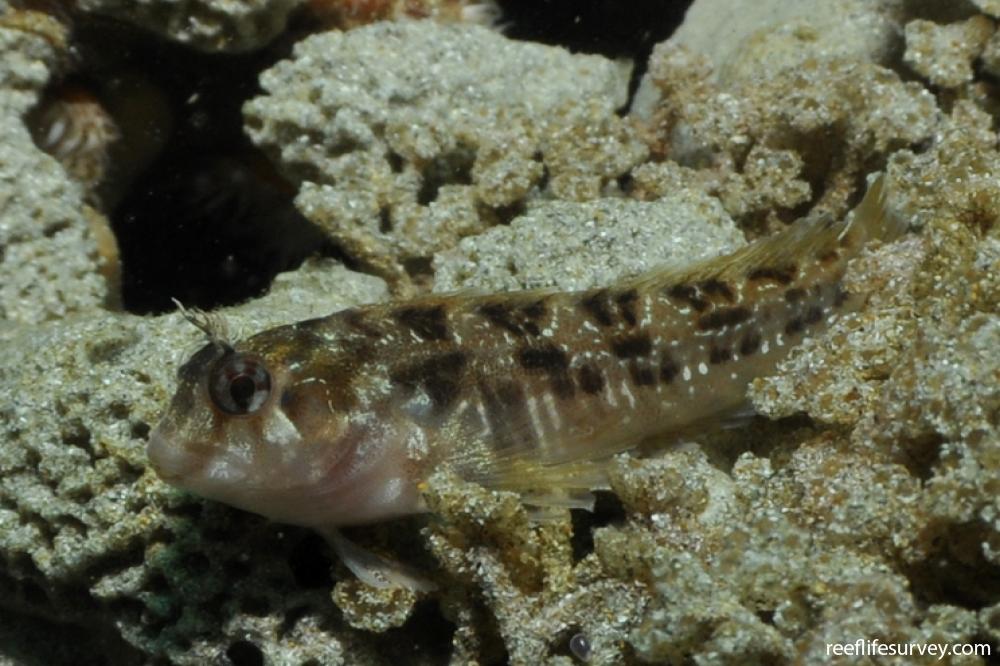Parablennius tasmanianus
Tasmanian blennySimilar Species
Same Genus
Distribution
Temperate Australasia
Description
Small size, long fringed tentacles over the eye, and a fine stippling of dots across the body. The Tasmanian blenny is very common in sheltered habitats along the southeastern coast, where it makes a home in small rock crevices, shells or discarded bottles and cans. During the spawning season females guard clusters of eggs, which are attached to the sides of their nests.
Information
Max Size: 13 cm
Sea Temperature Range: 10.3-22.4°C
Depth: 0-10m
Habitat Generalization Index: N/A
Also referred to as the SGI (Species Generalisation Index), this describes the habitat niche breadth of the species. Species with values less than 15 are found in a relatively narrow range of reef habitat types (specialists), while those over 25 may be found on most hard substrates within their range (generalists). Learn more here.
Conservation and Rarity
IUCN Status: Not Evaluated
Occurrence: Frequent (10.1% of sites)
Occurrence describes how often the species is found on surveys within its distribution. It is calculated as the % of reef sites surveyed by RLS divers across all the ecoregions in which the species has been observed
Abundance: Few (4 per transect)
Abundance is calculated as the average number of individuals recorded per RLS transect, where present.
Edit by: GJ Edgar. 2008. Australian Marine Life. New Holland, Sydney



















